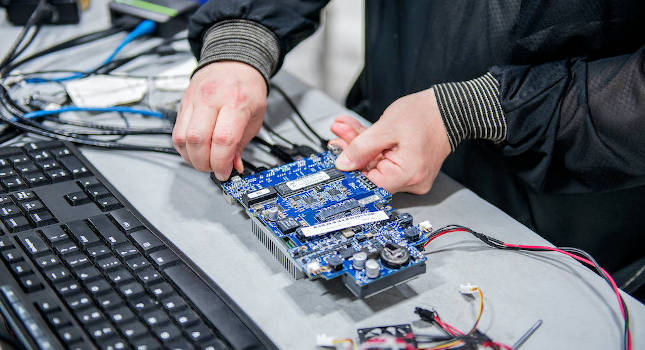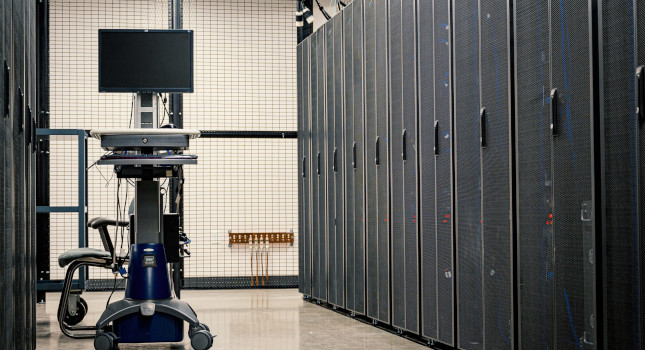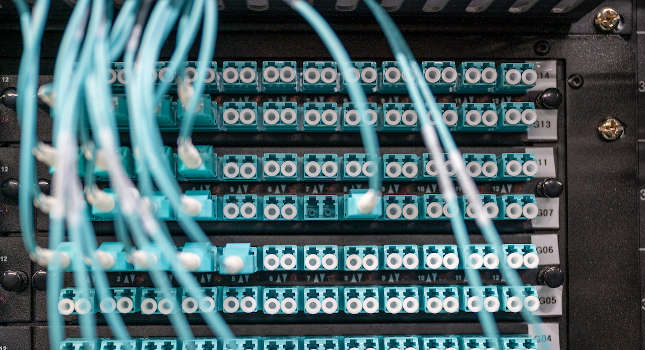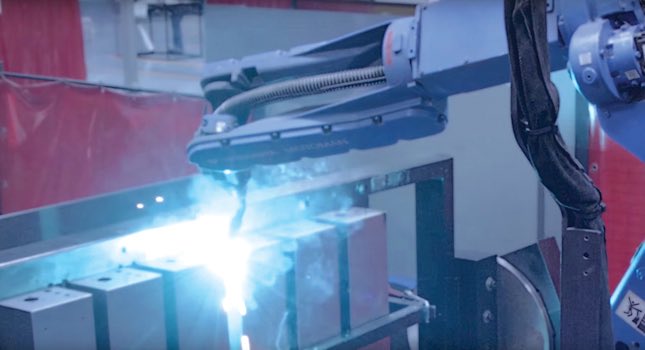Manufacturing execution systems play a large role in plants, but they have some problems that hinder the plant owners.

When it comes to production management and other day-to-day elements of manufacturing, the last thing a plant wants to rely on is an incomplete data set. Plants can’t go forth and conquer when they’re dealing with untrustworthy data to guide decisions.
That’s why it’s important to know about the tool or software being used — manufacturing execution systems (MES) are no exception.
Manufacturing execution systems: The good
A manufacturing execution system is a digitized solution that promises to give a complete view of your key production processes, illuminating every step on the journey from raw materials to finished products. In some ways, it keeps that promise.
A traditional factory MES can be described using the Four M’s of Manufacturing: Man, material, method and machines. There are certainly more elements at work on the factory floor, but these four M’s illustrate what’s working and what’s not working, which helps guide continuous improvement.
With the Four M’s in mind, let’s take a look at where traditional MES excels:
Methods
Methods, while related to both machines and materials, are a whole separate topic. If you don’t have the tools to review and optimize the execution of every single process, workflow and data entry task — that is, if you rely exclusively on a traditional factory MES — manufacturing excellence will always be just a few feet out of reach.
Material
MES software also provides better material management. By enabling supply chain visibility, product traceability and process data, an MES can get you one step closer to manufacturing excellence.
While that’s all well and good — and certainly important to be aware of — it’s equally important to realize what’s not represented here. In other ways, traditional MES technology fails to keep the promises it makes to manufacturers like you — and here’s why.
Manufacturing execution systems: The bad
Don’t be fooled by first impressions. Although a factory MES can provide important value, it’s likely to let you down in other ways.
While traditional MES technology can help your manufacturing operation with methods and materials, there are a couple of equally important things it doesn’t address: man and machines.
Man
Relying on traditional factory MES lacks the ability to capture data from everyone on the factory floor, make sure a process remains consistent across different days and workers and simplify material orders and data entry tasks. This MES technology overlooks one of your most important assets — people — and doesn’t even bother offering an apology.
Machines
Any manufacturer worth their salt knows the important role of machines on the factory floor. And although MES can play an important role in production success, it doesn’t help keep those machines running smoothly, giving you visibility into equipment performance issues and process inefficiencies. Other systems like enterprise asset management (EAM) or computerized maintenance management systems (CMMS) can be used to manage machine maintenance and performance, but even those systems don’t help you deal with all the other non-machine related issues that can disrupt production (more on that later).
The truth of the matter is that this MES software leaves a gap. It’s a big, ominous gap — the kind you wouldn’t dare to jump across. Unfortunately, unless your manufacturing execution and production processes are miraculously independent of both humans and workflows, your only option is to make that leap to connect man, methods, machines and materials.
Manufacturing execution systems: The ugly
Traditional manufacturing execution systems have significant problems with them, such as:
- You’ll only have a fraction of the truth. The factory MES tells you plenty about those methods and materials, but that’s like trying to drive with one eye shut. You’ll miss out on that additional data from man and machines, giving you a narrow and potentially disastrous view of the world.
- Putting data together is messy. When separate systems capture data, users don’t end up with perfect puzzle pieces. What you get is a piecemeal “truth” that takes a long time to put together — and you might end up using spreadsheets, pivot tables, manual entry and other solutions that feel outdated (because they are) just to make it happen. Plus, if any information is untrustworthy or incomplete, you’ll only be compounding those issues when combining different datasets.
- Manufacturing excellence will remain a stranger forever. The traditional manufacturing execution system that made such big promises is really letting you down in the evolution department. It can’t keep up with the rapid digital transformation of the manufacturing industry, which means you can’t, either. In order to succeed in today’s environment, you need tools that allow you to break down data silos and keep everyone pushing in the same direction — and traditional MES can’t always deliver.
- Highly specific problems will be your downfall. Credit where credit is due: A factory MES can give you some data. But when it comes to granular issues on the shop floor, you won’t have the information you need to diagnose the problem and execute an effective response.
If this hypothetical situation is making you frustrated, don’t worry — you’re not the first to demand more of factory MES.
– This originally appeared on Leading2Lean’s (L2L) website. L2L is a CFE Media and Technology content partner.



